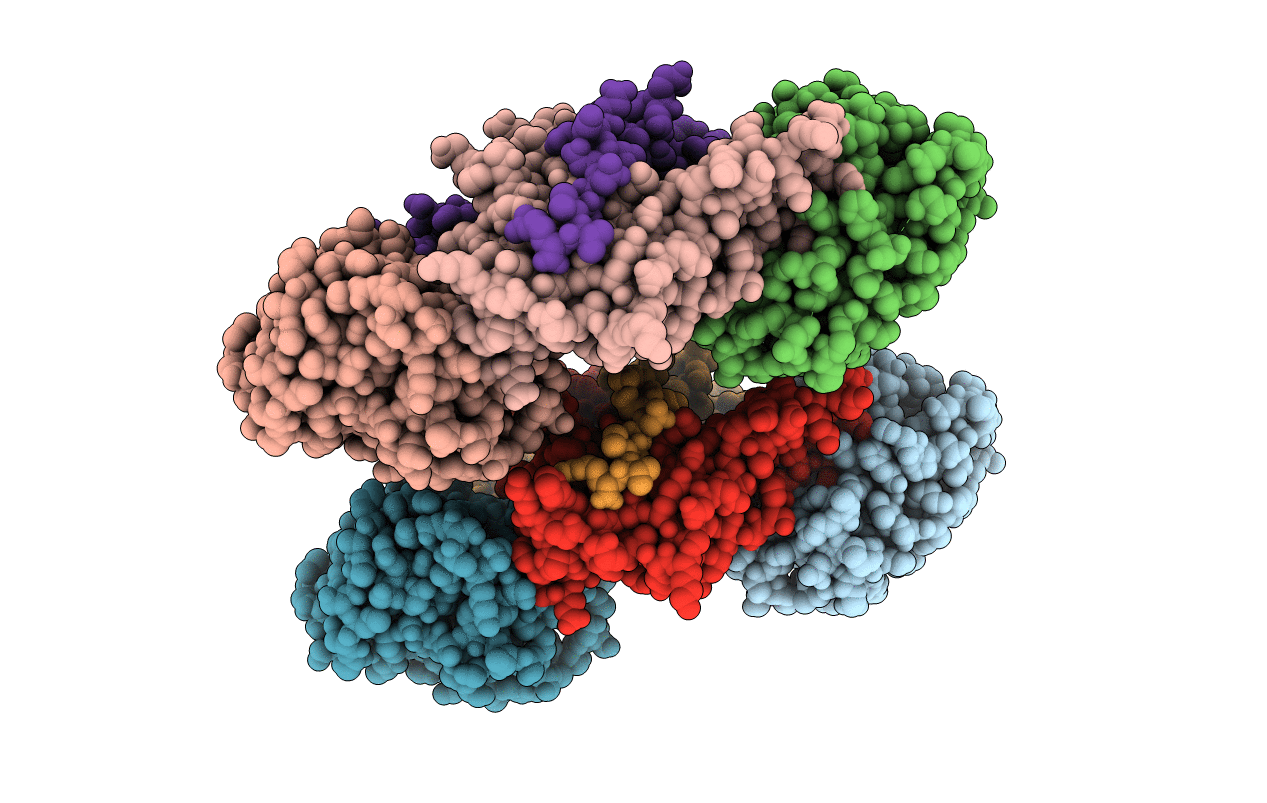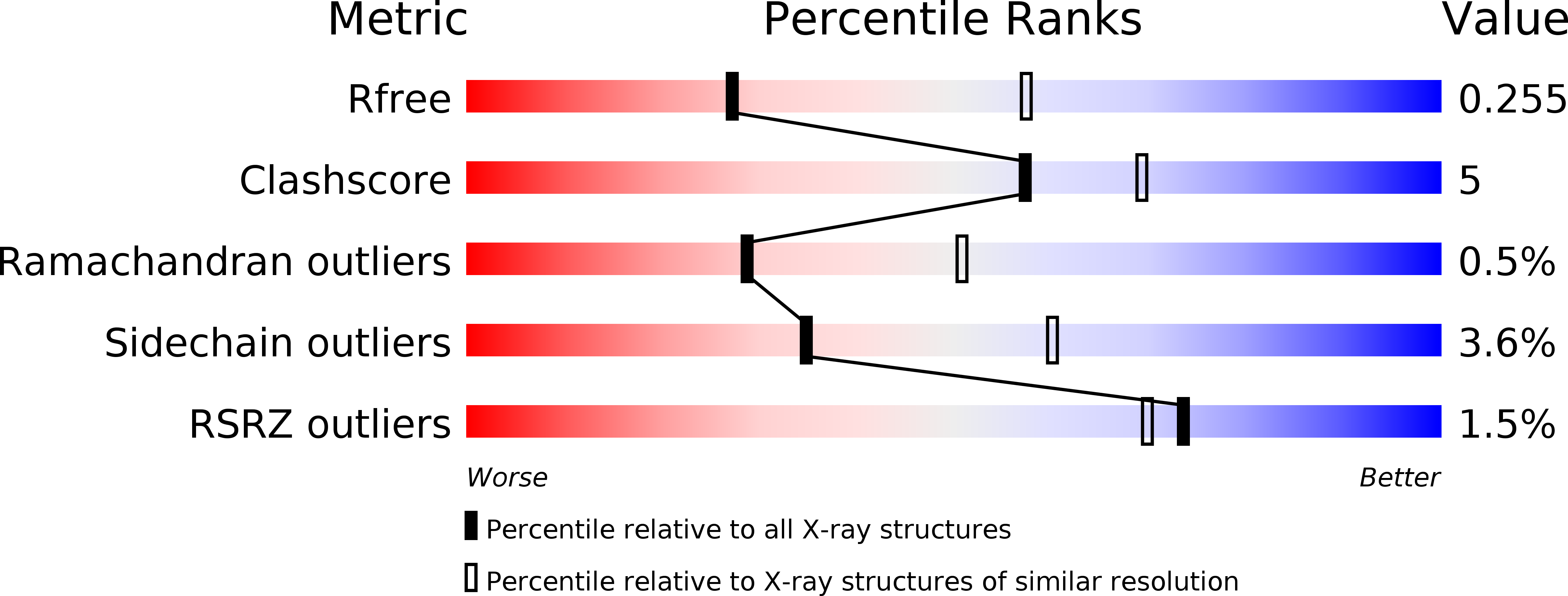
Deposition Date
2013-11-08
Release Date
2014-02-19
Last Version Date
2024-10-30
Entry Detail
PDB ID:
4NIY
Keywords:
Title:
Crystal structure of trypsiligase (K60E/N143H/Y151H/D189K trypsin) complexed to YRH-ecotin (M84Y/M85R/A86H ecotin)
Biological Source:
Source Organism:
Bos taurus (Taxon ID: 9913)
Escherichia coli (Taxon ID: 83333)
Escherichia coli (Taxon ID: 83333)
Host Organism:
Method Details:
Experimental Method:
Resolution:
2.84 Å
R-Value Free:
0.25
R-Value Work:
0.19
R-Value Observed:
0.19
Space Group:
P 1 21 1


